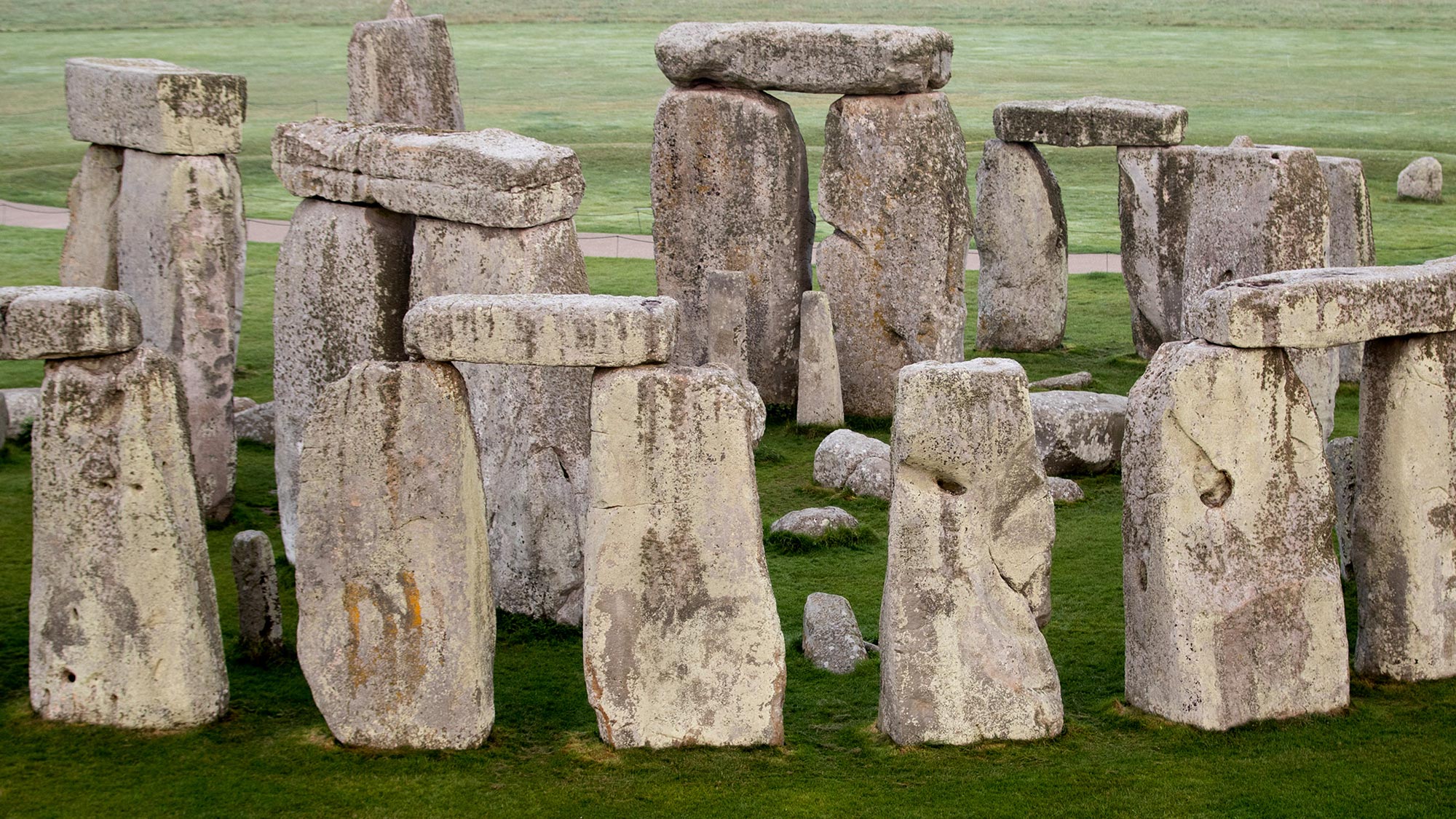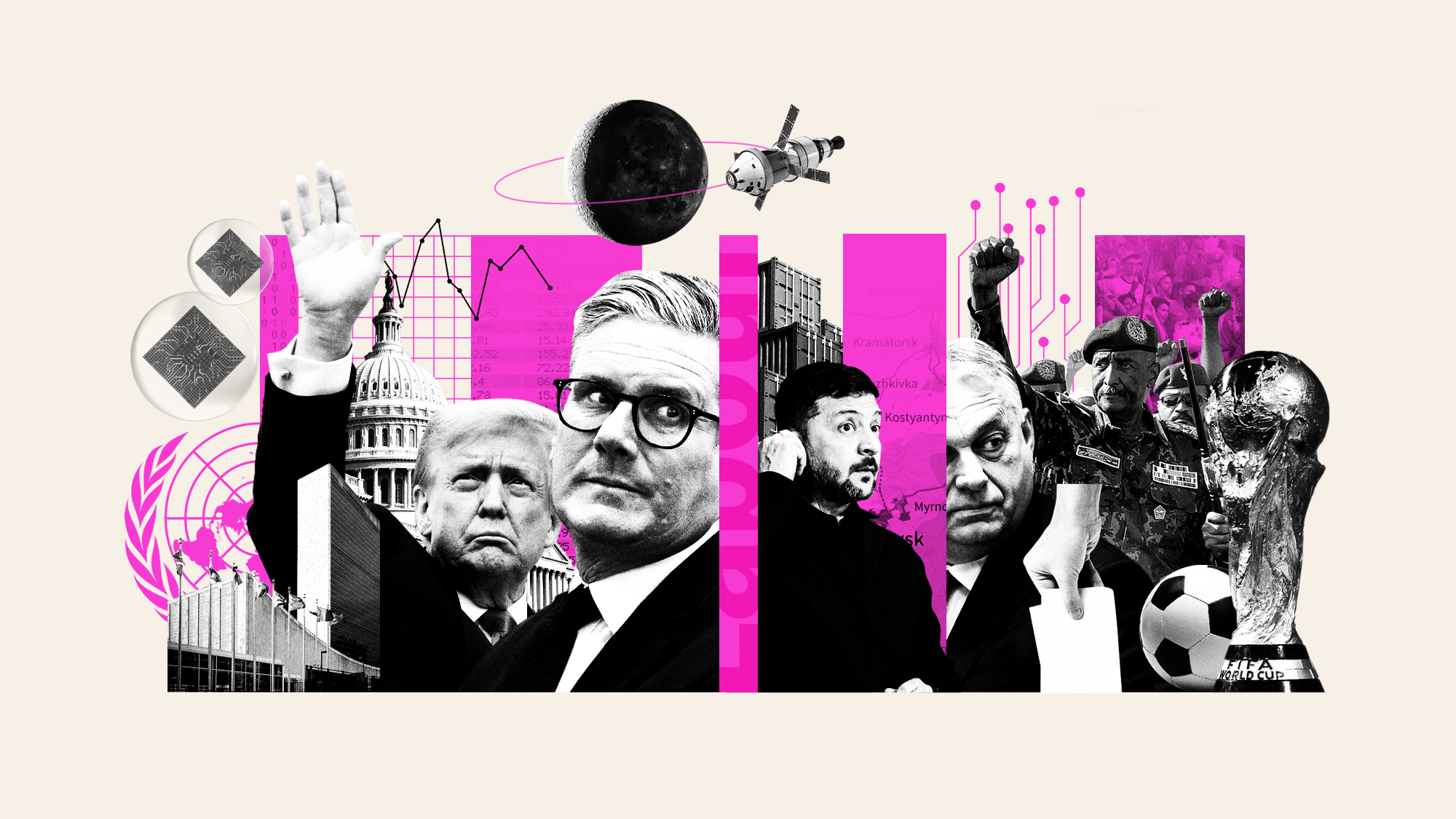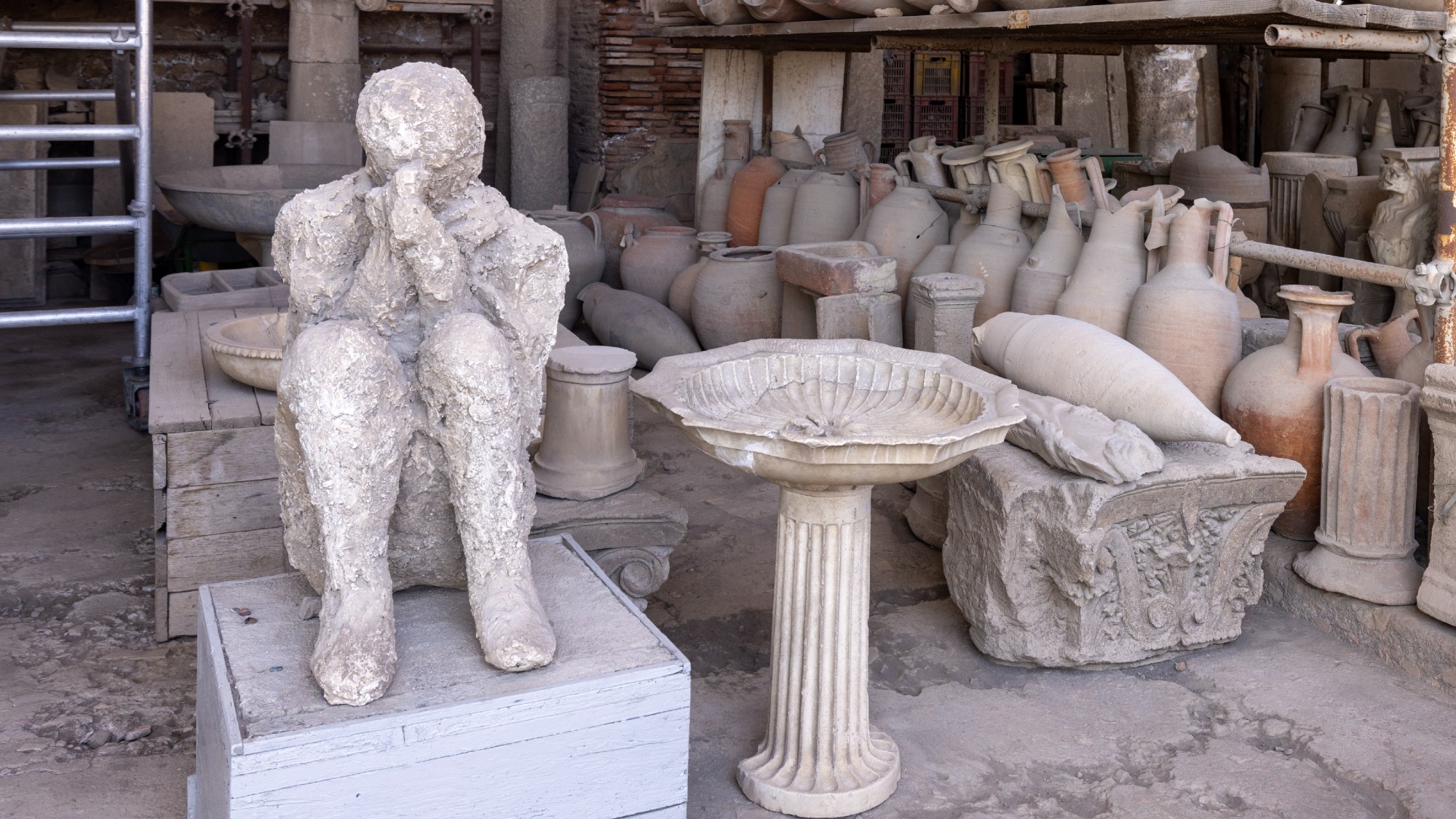Stonehenge: a transformative discovery
Neolithic people travelled much further afield than previously thought to choose the famous landmark's central altar stone

"Even by modern standards, John O'Groats to Wiltshire is a bit of a trek," said Hannah Devlin in The Guardian. Walking a solid eight hours a day, you might cover the nearly 500 miles in ten days – and that's without dragging a huge slab of stone behind you. So the revelation that Stonehenge's central altar stone – a six-tonne, five-metre-long rectangular piece of sandstone – arrived at the site around 4,500 years ago not from south Wales, as had previously been thought, but from the far northeast of Scotland, is, by any standards, astonishing.
X-ray analysis
The revelation appeared in an academic paper in Nature, written by six archaeologists and geologists from the UK and Australia, said Michael Le Page in New Scientist. It has long been known that Stonehenge's outer ring of larger stones ("sarsens") came from about 25km away in Wiltshire, and that nearly all the smaller "bluestones" that make up the inner circle came from the Preseli Hills in Pembrokeshire.
To identify the altar stone's source, they analysed a piece broken off in 1844 and kept in a museum (having used "X-ray fluorescence analysis" to confirm its authenticity). Then colleagues in Australia used methods developed in metals mining to analyse the fragments of stone: grains of zircon, apatite and rutile in the fragments all contain uranium, which slowly decays to lead, meaning they could be dated accurately. All this allowed the team to create a "fingerprint" of the mineral grains' source: it comes from sandstone of the Orcadian Basin, which stretches north from Inverness to Shetland.
The Week
Escape your echo chamber. Get the facts behind the news, plus analysis from multiple perspectives.

Sign up for The Week's Free Newsletters
From our morning news briefing to a weekly Good News Newsletter, get the best of The Week delivered directly to your inbox.
From our morning news briefing to a weekly Good News Newsletter, get the best of The Week delivered directly to your inbox.
They wanted to 'make a point'
The science is "impressive" and the conclusion "clear cut", said Mike Pitts in The Spectator. But how did the monument's creators get the rock south? And why? The research team thinks that it was probably transported by sea, but my own view is that the overland route – using a vast sledge dragged by ropes – is more credible. Neolithic people didn't travel to their island's furthest extremity to get some sandstone because they had to: there was plenty much closer.
They did it, I believe, to "make a point". Journeying hundreds of miles let them spread the word about what they were building at Stonehenge, and connect with distant communities. "The longer the journey took, and the more people who gave their labour to the project, the more successful it was." The news about the altar stone's Scottish origins confirms that prehistoric Britain was home to complex societies, networked "in ways we are just beginning to understand". In my whole career as an archaeologist, I cannot remember a discovery about Stonehenge as transformative as this one.
A free daily email with the biggest news stories of the day – and the best features from TheWeek.com
-
 Why are micro-resolutions more likely to stick?
Why are micro-resolutions more likely to stick?In the Spotlight These smaller, achievable goals could be the key to building lasting habits
-
 What will happen in 2026? Predictions and events
What will happen in 2026? Predictions and eventsIn Depth The new year could bring peace in Ukraine or war in Venezuela, as Donald Trump prepares to host a highly politicised World Cup and Nasa returns to the Moon
-
 Why is Trump’s alleged strike on Venezuela shrouded in so much secrecy?
Why is Trump’s alleged strike on Venezuela shrouded in so much secrecy?TODAY'S BIG QUESTION Trump’s comments have raised more questions than answers about what his administration is doing in the Southern Hemisphere
-
 Decking the halls
Decking the hallsFeature Americans’ love of holiday decorations has turned Christmas from a humble affair to a sparkly spectacle.
-
 Hitler: what can we learn from his DNA?
Hitler: what can we learn from his DNA?Talking Point Hitler’s DNA: Blueprint of a Dictator is the latest documentary to posthumously diagnose the dictator
-
 The seven strangest historical discoveries made in 2025
The seven strangest historical discoveries made in 2025The Explainer From prehistoric sunscreen to a brain that turned to glass, we've learned some surprising new facts about human history
-
 How did Kashmir end up largely under Indian control?
How did Kashmir end up largely under Indian control?The Explainer The bloody and intractable issue of Kashmir has flared up once again
-
 The fall of Saigon
The fall of SaigonThe Explainer Fifty years ago the US made its final, humiliating exit from Vietnam
-
 Scientists have found the first proof that ancient humans fought animals
Scientists have found the first proof that ancient humans fought animalsUnder the Radar A human skeleton definitively shows damage from a lion's bite
-
 When the U.S. invaded Canada
When the U.S. invaded CanadaFeature President Trump has talked of annexing our northern neighbor. We tried to do just that in the War of 1812.
-
 The assassination of Malcolm X
The assassination of Malcolm XThe Explainer The civil rights leader gave furious clarity to black anger in the 1960s, but like several of his contemporaries met with a violent end